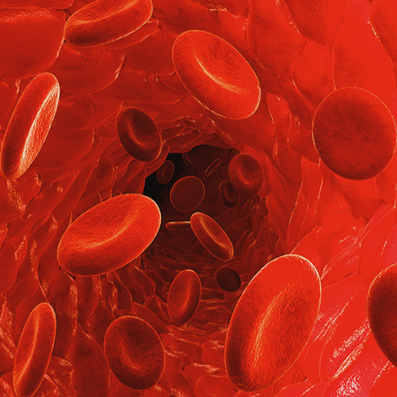
Liquid biopsy is a non-invasive method that can provide information about cancerous tumors based on the presence of tumor-associated DNA or proteins in body fluids.
Most of the liquid biopsies developed for cancer screening have faced several limitations, including the inability to detect certain types of cancers and high costs.
A recent proof-of-concept study used the profile of glycosaminoglycans, a class of carbohydrates, in urine and plasma samples as metabolic biomarkers to detect 14 different cancer types.
This assay holds promise for the early detection of cancers due to its low cost and ability to detect multiple cancer types missed by previous assays, but further research is needed.
A new study published in PNAS suggests that a single test based on measuring metabolic markers in blood and urine samples could potentially help detect multiple different cancer types in a cost-effective manner.
Study author Dr. Francesco Gatto, a researcher at the Karolinska Institutet in Sweden, and founder of the biotech company Elypta told Medical News Today:
“Our study explored a new layer of information, molecules that participate in the metabolism of cancer. This method detected many cancers that the previous methods missed, and a substantial proportion of these were at stage 1. Cancer is a complex disease, so the most layers of information we can probe noninvasively, say with a blood test, the more likely we can catch more cancers at their earliest stage. This study could add an important piece of the puzzle toward this goal, which has been recently dubbed multi-cancer early detection.”
The appeal of liquid biopsies
Cancers detected at an early stage are easier to treat and associated with a lower risk of morbidity and mortality. Despite the advantages conferred by population-wide cancer screening and early cancer detection, screening tests are available for only a few cancer types, such as breast cancer and colorectal cancer.
Tissue biopsies are currently the gold standard for the diagnosis of cancer, but repeated biopsies present a challenge due to their invasive nature. By contrast, thanks to their noninvasive nature, liquid biopsiesTrusted Source could be a promising alternative for cancer diagnosis and monitoring.
As tumor cells grow, they shed DNA, proteins, and other metabolic byproducts that can be detected in the blood and other body fluids. Liquid biopsy refers to the detection of circulating tumor cells or tumor cell products in body fluids.
In recent years, researchers have developed liquid biopsies that can simultaneously detect multiple different cancer types using a single test. Estimates based on a modeling study suggest that cancer-related mortality in individuals aged 50–79 years could be reduced by 26% using multicancer early-detection screens.
A considerable number of liquid biopsies developed so far have been based on the detection of circulating tumor cell DNA. However, genitourinary cancers, such as bladder, prostate, and kidney cancers, and brain cancers, such as gliomas, do not shed DNA and cannot be detected on the basis of circulating tumor DNA
In addition, these tests have shown low accuracy in the detection of early-stage cancer.
Several recent improvements, including simultaneously assessing the circulating levels of tumor DNA and proteins, have helped improve diagnostic accuracy. But the high costs associated with these assays make them less suitable for screening the general population.
Moreover, the accuracy of most experimental liquid biopsies for the early detection of multiple cancers has only been demonstrated in the study sample, and whether these assays can accurately detect cancer in the general population remains unknown.
The ability to correctly identify positive cases of the disease is measured in terms of sensitivity. One of the few studies examining the external validity of a liquid biopsy for multi-cancer detection showed a sensitivity of 10% in detecting stage 1 cancers.
In other words, these assays may require further optimization before their widespread adoption.
